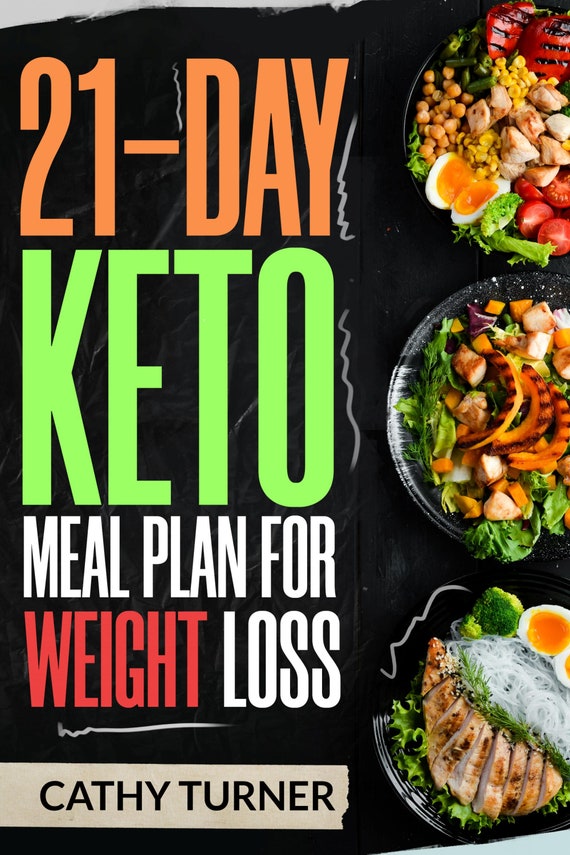The 21-Day Keto Reset: A Complete Guide to Reboot Your Body and Mind
In today’s world of ever-evolving diet trends, the ketogenic diet—or keto for short—has earned a loyal following. Known for its ability to promote rapid weight loss, enhance mental clarity, and stabilize energy levels, keto can seem like a miracle solution. However, transitioning to this low-carb, high-fat lifestyle can be challenging without a structured plan. That’s where the 21-Day Keto Reset comes in.
This three-week program is designed to guide you step-by-step into ketosis, helping your body adapt to burning fat for fuel instead of carbohydrates. Whether you’re new to keto or need a metabolic reset, this plan provides the structure and support you need to succeed.
What is the Keto Diet?
Before diving into the reset, it’s important to understand the basics of the keto diet. The ketogenic diet is a high-fat, moderate-protein, and very low-carbohydrate eating plan. The goal is to shift your body into a state called ketosis, where it primarily uses fat (and the resulting ketones) for energy instead of glucose from carbohydrates.
Typical macronutrient ratios on keto are:
-
70–75% fat
-
20–25% protein
-
5–10% carbohydrates

Why a 21-Day Reset?
Changing your metabolism from carb-burning to fat-burning doesn’t happen overnight. A 21-day period provides a realistic timeframe to:
-
Detox from sugar and refined carbs
-
Overcome the “keto flu”
-
Stabilize blood sugar and insulin levels
-
Kickstart fat loss
-
Establish sustainable eating habits
Think of it as a reboot for your metabolism, hormones, and mindset.
Week 1: Transition and Detox
Goal: Eliminate sugar and carbs; introduce high-fat, clean eating.
During the first week, your body is adjusting to a drastic reduction in carbohydrates. You may experience symptoms of the “keto flu”—headache, fatigue, irritability, and cravings—as your body detoxes and starts shifting toward fat-burning.
Tips for Success:
-
Stay hydrated: Drink plenty of water and add electrolytes (sodium, magnesium, potassium).
-
Eat enough fat: Don’t be afraid of healthy fats like avocado, coconut oil, olive oil, and fatty fish.
-
Meal prep: Plan and prepare meals to avoid temptations.
-
Track macros: Use a keto calculator or app to ensure your macronutrient ratios are on target.
Sample Meals:
-
Breakfast: Scrambled eggs with spinach and avocado
-
Lunch: Chicken thigh with roasted Brussels sprouts in olive oil
-
Dinner: Salmon cooked in butter with cauliflower mash
Week 2: Fat Adaptation and Energy Boost
Goal: Enter full ketosis; increase energy and mental clarity.
By week two, your body starts to adapt to burning fat for fuel. The keto flu symptoms fade, and many people begin to feel a surge in energy and improved mental focus. This is a sign that your body is becoming fat-adapted.
Tips for Success:
-
Test ketone levels: Use urine strips or a breath monitor to see if you’re in ketosis.
-
Incorporate intermittent fasting (IF): Consider a 16:8 fasting window to enhance fat-burning.
-
Listen to your body: Eat when you’re hungry, stop when full.
-
Avoid snacking: Focus on nutrient-dense meals to keep insulin low.
Sample Meals:
-
Breakfast: Coffee with MCT oil and a hard-boiled egg
-
Lunch: Cobb salad with bacon, eggs, avocado, and blue cheese
-
Dinner: Zucchini noodles with ground beef in a cream-based sauce
Week 3: Optimization and Habit Building
Goal: Fine-tune your diet and establish long-term habits.
The final week is about locking in your progress and creating a sustainable routine. You’ve likely lost some water weight, maybe even a few pounds of fat, and your cravings for sugar and carbs have significantly diminished.
Tips for Success:
-
Refine your food quality: Focus on whole, organic, grass-fed, and pastured foods.
-
Try new recipes: Keep things interesting to avoid food boredom.
-
Evaluate your progress: Assess how you feel, both physically and mentally.
-
Plan next steps: Decide whether you’ll continue strict keto, cycle in and out, or transition to a lower-carb lifestyle.
Sample Meals:
-
Breakfast: Keto pancakes with almond flour and cream cheese
-
Lunch: Tuna salad wrapped in lettuce
-
Dinner: Pork chops with garlic butter and sautéed kale
Common Challenges and How to Overcome Them
1. Keto Flu
Solution: Stay hydrated and take electrolytes daily, especially sodium and magnesium.
2. Social Pressure
Solution: Plan meals before dining out, and don’t be afraid to say no or modify orders.
3. Cravings
Solution: Eat satisfying meals with enough fat, and keep keto snacks like nuts, cheese, and dark chocolate on hand.
4. Plateau
Solution: Adjust portion sizes, incorporate intermittent fasting, or increase physical activity.

Final Thoughts: The Power of a 21-Day Keto Reset
The 21-Day Keto Reset is more than a diet—it’s a lifestyle transformation. Over three weeks, you’ll train your body to become metabolically flexible, which can lead to weight loss, increased energy, reduced cravings, and improved mental clarity.
While results vary for each person, most participants report feeling more in control of their eating habits and empowered to continue a healthier way of living. Whether you stay keto long-term or use it as a periodic reset, this program lays a strong foundation for lasting wellness.